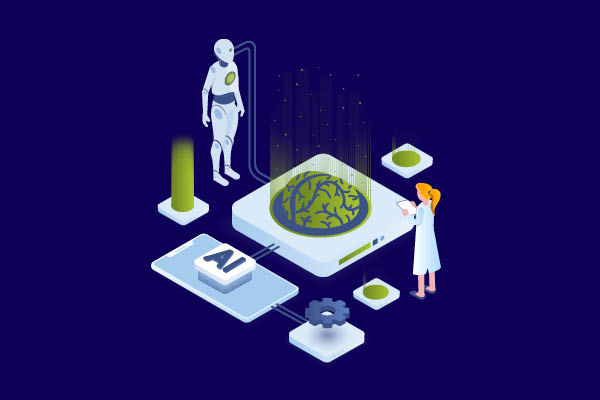May 15, 2017

We’ve all heard the term Inbound marketing thrown around a lot lately. It’s become the latest catchphrase in a field that’s already packed with catchphrases.
But what does it actually mean and can it help B2B businesses grow?
What is Inbound marketing?
Inbound marketing is the process of attracting potential customers and getting them
to reach out to you.
This is different to more traditional marketing (also known as push marketing or outbound marketing) where you actively reach out to potential customers through methods such as cold-calling, printed magazines, and traditional advertising.
But how do you attract potential customers and get them to trust you before you’ve even pitched them your product? The answer lies in content —the foundation of the Inbound methodology.
By creating carefully curated content, you’ll establish yourself as a trusted source of knowledge and attract the ideal visitors to your site, convert them into leads and then customers, and keep them engaged so they go on to promote your brand.
“By publishing the right content in the right place at the right time, your marketing becomes relevant and helpful to your customers, not interruptive.” – Hubspot

Inbound marketing in a nutshell
Inbound marketing is filled with complexities, but the following four steps (based on
the Hubspot Inbound methodology) summarize the main Inbound stages:
- Attract. Before you do anything, you need to fully research and understand who your ideal customers or buyer personas are. Once you have identified them,
you can get them to come to you. - Find creative ways to “convert” these potential customers into leads by offering them something valuable in return.
- Turn your leads into customers.
- Continue to engage with your customers so they become promoters of your brand.
Inbound marketing in B2B
At this stage, you may be wondering whether Inbound marketing works in the world
of B2B. The answer is a big loud “Yes!”
In fact, Inbound marketing creates a win-win situation for you where you can get closer to your direct customers and distributors, and also increase brand awareness amongst end users to enhance end-user demand for your brand (even if you they are not buying directly from you).
Read how Elcam used digital marketing to increase brand awareness>>
Combining Inbound and offline marketing
We’d like to emphasize that Inbound marketing does not replace the need for interpersonal interaction with your customers – especially in B2B industries where
the customer model tends to be more complex and is often based on long-term relationships.
The goal is to find the right communication mix for your specific B2B business needs, market and customers. By promoting your brand through a digital dialog and an
inter-personal dialog, you can achieve a more effective and efficient sales and
marketing process for better business results.
For example, you can combine a compelling digital campaign to encourage potential customers to visit you at a trade show, and then meet them at the event to continue
a direct dialogue with them.
Look out for our next blog post on the need for face-to-face communication with your customers and creative ways to combine digital and interpersonal communication (coming soon).
Inbound marketing – here to stay?
Another big loud “Yes!”
It’s quite simple – as more and more potential buyers turn to the Internet for answers to their challenges, they look to buy from suppliers who instill trust by answering their questions and offering solutions to their problems.
This means that in order to stay relevant in the marketplace, you have to be present where your potential buyers are looking for answers – online.
And that’s why everyone is fussing over Inbound marketing.










































